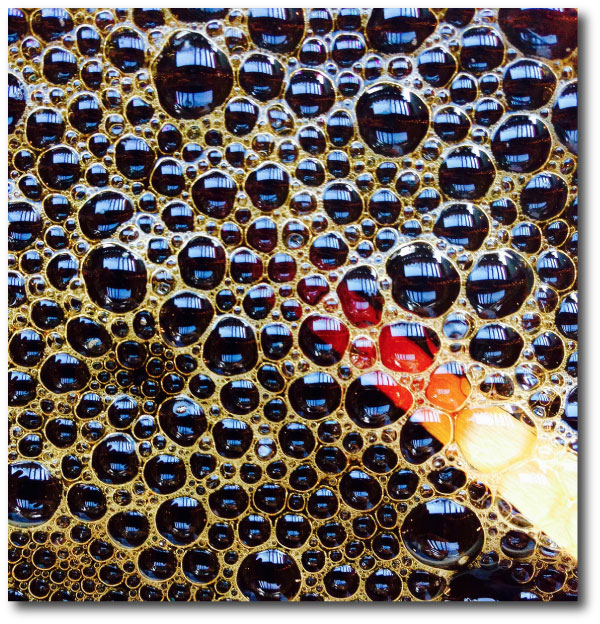This was no fruit of such worlds and suns as shine on the telescopes and photographic plates of our observatories. This was no breath from the skies whose motions and dimensions our astronomers measure or deem to vast to measure. It was just a colour out of space — a frightful messenger from unformed realms of infinity…
Aww, come off it.
Wild-eyed extravagances aside, A/2017 U1 — the asteroid-like visitor from interstellar space — is an extraordinary object. In traversing the gulfs, its next encounter with a star that is as close as last month’s encounter with the Sun likely won’t occur for another quadrillion years, and so the mere fact that it zipped through suggests that quite a few interstellar asteroids are out there. And this, in turn, has some remarkable consequences. A straightforward cross-section based estimate suggests that the galaxy contains of order a hundred billion earth masses of A/2017 U1-like planetesimals. Hot Jupiters, terrestrial planets, and super-Earths are all incapable of using gravity-assist to eject bodies out of their parent systems, leaving the strong hint that as-yet undetected Neptune-like planets must be extremely common.
In general, extrapolations from a sample size of one don’t have a good track record. Exhibit A would be our own Solar System — hot Jupiters were discovered at better than 100-sigma significance because solar-system expectations had been projected throughout the galaxy; proper planetary systems should have terrestrial bodies near 1 AU and gas giants at 10 AU.
The arrival of A/2017 U1 seems nicely timed to revival of the AAS’ new low-maintenance communication channel, the “Research Note“:
The purpose of the Research Notes is to provide a home for short submissions that are not suitable for publication as a journal article, but are likely to be interesting or useful to members of our community. Appropriate submissions would include brief summaries of work in progress, comments and clarifications, null results, and timely reports of observations (such as the spectrum of a supernova), as well as results that would not traditionally merit a full paper (e.g., the discovery of a single unremarkable exoplanet, a spectrum of a meteor, or contributions to the monitoring of variable sources).
I especially like the part about “single unremarkable exoplanets” being equivalenced to the “spectrum of a meteor”. In any event, Prof. K. Batygin and I have just submitted a research note that gives our take on the implications of A/2017 U1. Here’s a link to a draft of the note, which we’ll also post on the arXiv within the next several days.


Hopefully falsifiable. Many of this posited population of sub / Jovian planets should fall within the discovery space of Gaia, especially if its survey extends to a maximal ten years.